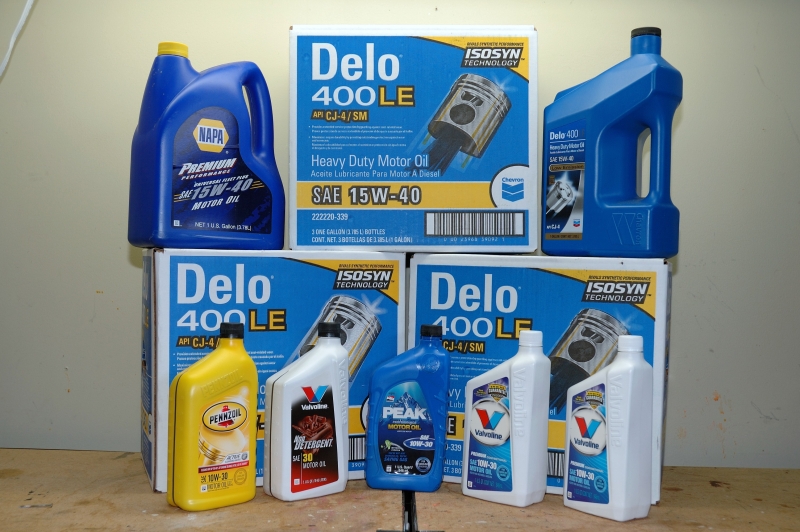Understanding Crankcase Oil Ratings
31st October 2023
The fuel is what makes your engine fire, but it’s the crankcase oil that keeps it running. It’s important to use the proper type and grade of oil, and to do this, you need to understand the alpha numeric rating printed on the container. Before switching to a different brand or type of oil, check your engine’s manual to see what the engine manufacturer recommends which oil protects your engine best. There are two basic specifications you need to be concerned with. They are established by the Society of Automotive Engineers (SAE) and the American Petroleum Institute (API) and are printed on the container.
As engine hours accumulate the lubricant becomes dirty or contaminated with combustion byproducts. With each compression, power and exhaust stroke of each cylinder, small quantities of gasses and liquids slip by the piston rings and into the crankcase where the lubricating oil reservoir is located. These byproducts include unburned fuel, soot, and water (water is one of the byproducts of burning fossil fuels), they are cumulative, and they can contaminate the oil. Heavier molecules thicken, becoming sludge, gum and varnish that cause piston rings to stick in their landings. Once that happens, your engine becomes a dreaded oil burner. Simply changing engine oil on a regular schedule is the essential preventive maintenance in this scenario.
SAE ratings designate the oil’s viscosity, which is simply put, how thick or thin an oil is at a certain temperature. For example, SAE 30 oil is “thinner” (less viscous) than SAE 50 oil. Single-grade oils offer good lubrication but aren’t suitable for cold-weather operation because they become thick and can lead to hard starting. However, some rare special applications may require a single-grade oil.

Most of today’s engine manufacturers specify multi grade oils, which are designed to act like a thin oil when cold, so that they can circulate through the engine quickly on start up, and like a thicker oil when hot, to provide the necessary engine protection. An example of multi grade oil is SAE 15W-40, which has the properties of 15-weight oil when cold and a 40-weight when hot.
The API rating indicates which additives (e.g., friction-reducing antifoaming agents, temperature stabilization) have been used in the manufacturing of the product. There are two-letter ratings beginning with “S” for spark ignition or gasoline engine oils and “C” for compression ignition or diesel engine oils.
If you get just one thing right, it’s the use of C-prefix oil in a diesel engine. While using C-prefix oil in a four-cycle gasoline engine is acceptable, using S-prefix oil in a diesel can cause serious undesirable consequences, including damage to internally lubricated metal parts, especially such “cool” areas as lower cylinder walls and pistons, a condition that’s often referred to as “cold-end corrosion.” This is caused by an insufficient quantity of the additive used to counter the increased soot and acid in a diesel engine.
A typical service rating also includes a second letter, which denotes the sophistication of the additive package. The rating begins with the letter “A,” the further along the alphabet, the higher the oil’s quality. For instance, if the prefix is CH, the “H” represents the additive package used in this oil. Additive packages include detergents and anti-wear, anti-foam, and dispersant agents; the later this letter occurs in the alphabet, the more recent and sophisticated the package. As new letters and additives are introduced, oil manufacturers cease offering older ones. Therefore, if your engine manufacturer specified CE oil, you’ll have to choose a letter that follows E in the alphabet because these ratings are now obsolete.
The viscosity rating and the classification system when combined provides the information needed to select the correct oil for your engine. Your engine manual will specify the manufacturer’s recommendations. Some manuals also have temperature charts so you can select the correct grade of oil for the climate conditions the engine is likely to operate in.
The bottom line is that engine manufacturers are sensibly strict about SAE and API specifications. Extensive harm can come to an engine for a variety of reasons, not least of them being the use of the wrong crankcase oil product.


